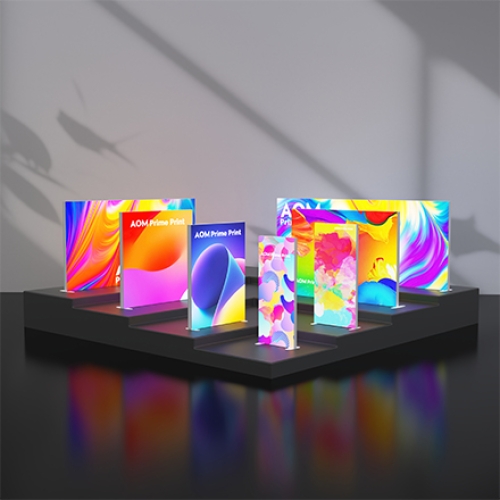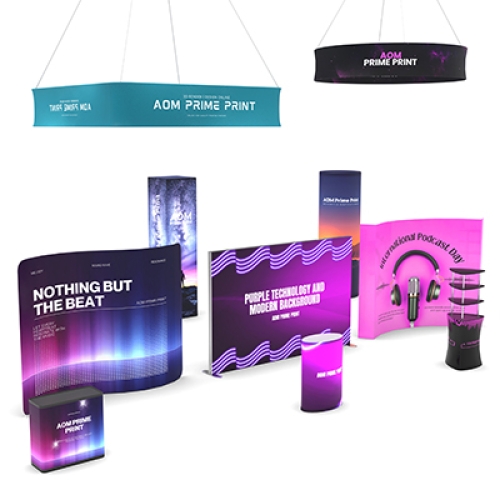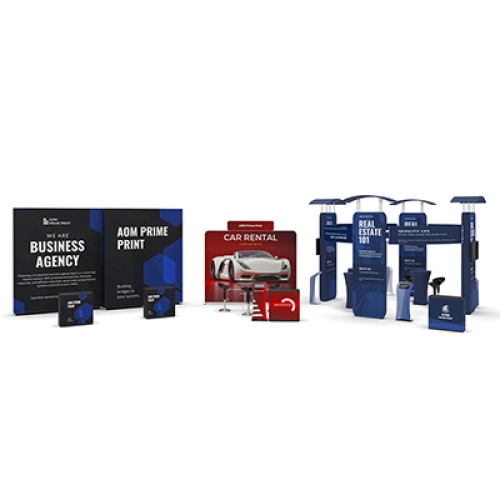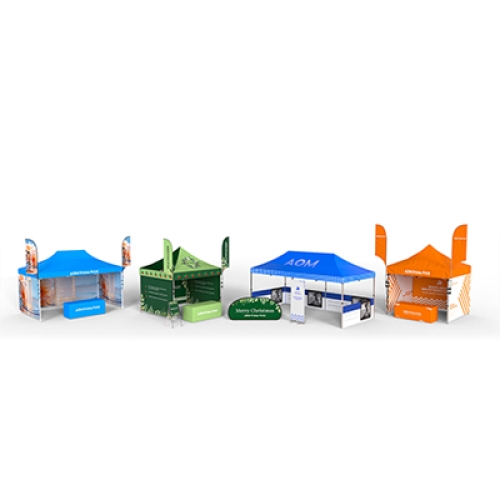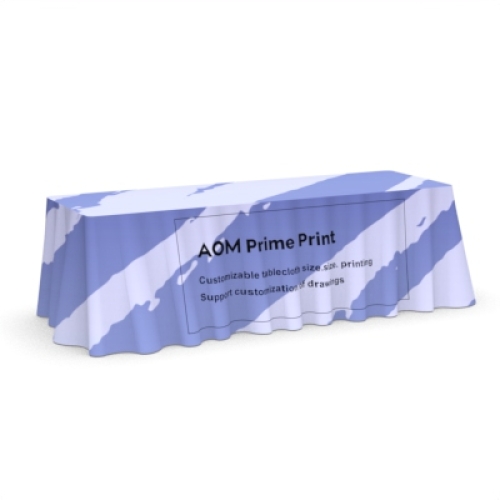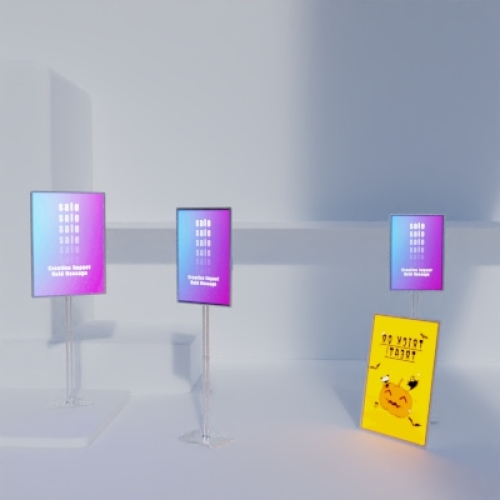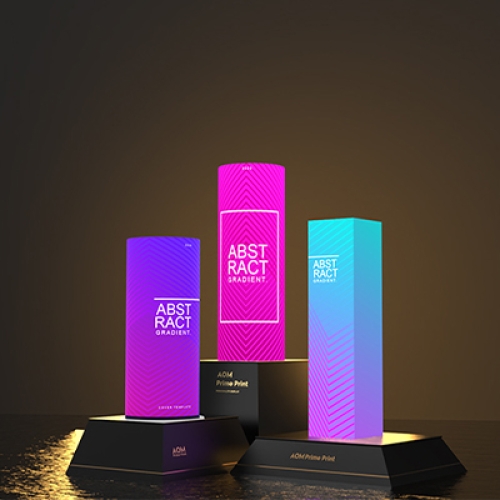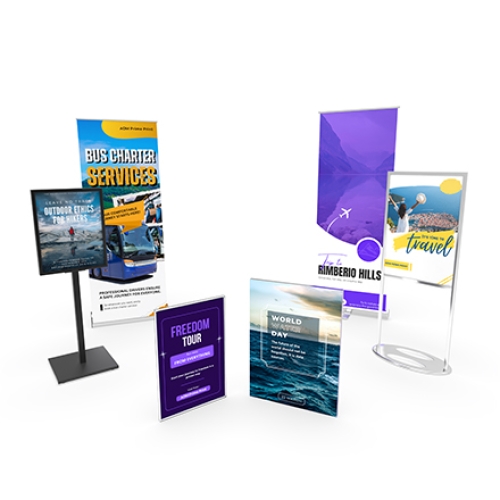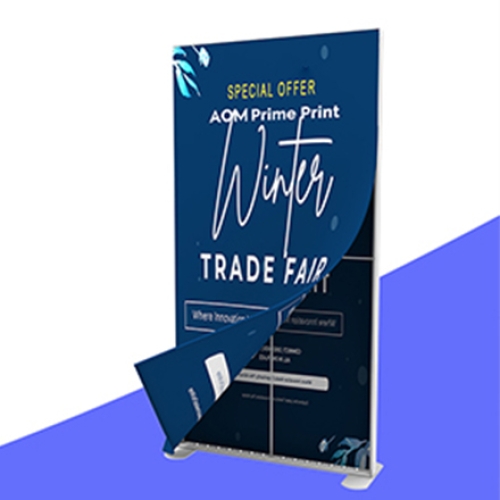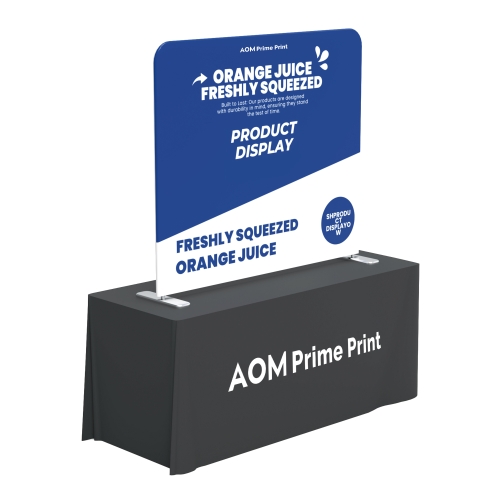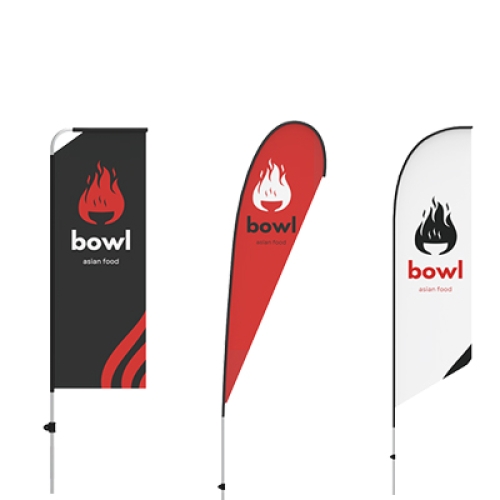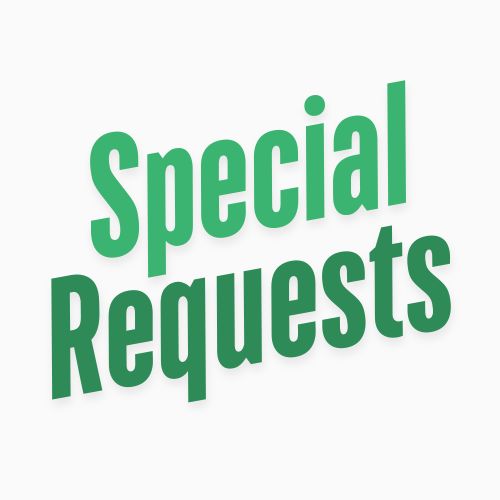12 Steps to Mastering Trade Show Graphic Design for Maximum Impact
January 22nd 2025
When it comes to trade shows, your booth’s design can make or break your success. Much like a billboard, your booth graphics must quickly capture attention, communicate your message, and engage attendees—all within 3 to 5 seconds. Sounds challenging, right?
The key lies in crafting intentional and impactful graphic design. Avoid common pitfalls and follow these 12 steps to ensure your booth graphics outshine the competition and draw attendees into meaningful conversations.
1. Prioritize Image Quality
High-quality images are non-negotiable. Low-resolution, pixelated images instantly signal a lack of professionalism. For backwall graphics, use images with at least 100dpi at full print size to maintain sharpness and clarity.
Pro Tip: Consult a graphic designer to ensure your images meet the necessary specifications for large-scale printing.
2. Choose Engaging Imagery
Your booth graphics should feature one bold, striking image that resonates emotionally—whether it’s curiosity, humor, or empathy. Avoid cluttering your design with multiple images, as this distracts from your message.
Pro Tip: Use imagery that aligns with your brand and creates an immediate connection with your audience.
3. Establish Visual Hierarchy
Guide attendees through your messaging by arranging text and images in a clear order of importance. Without hierarchy, viewers may get overwhelmed or miss critical information.
Pro Tip: Place key messages, logos, or product highlights in prominent, eye-level areas. Decrease text size and prominence for secondary details.
4. Strategically Position Text and Images
Avoid placing important elements where booth furniture, like tables or monitors, may obstruct them. For tension fabric displays, keep text and images several inches from the edges to prevent distortion.
Pro Tip: Position your primary message in the top one-third of your display for maximum visibility.
5. Perfect Your Color Palette
Harmonious colors enhance readability and appeal, while clashing colors confuse the eye. Use contrasting shades—dark text on light backgrounds or vice versa—to ensure legibility.
Pro Tip: Test colors on various printing materials to confirm consistency before finalizing your design.
6. Craft Compelling Copy
Trade show visitors aren’t interested in reading lengthy paragraphs. Use concise, benefit-focused phrases that clearly explain how your product or service solves their problems.
Pro Tip: Replace technical jargon with simple, engaging statements that invite questions.
7. Pick Readable Fonts
Fancy, decorative fonts may look stylish but often compromise readability. Stick to clean serif or sans serif fonts and limit your design to one or two font types.
Pro Tip: Ensure font sizes are large enough for attendees to read from a distance of at least 12 feet.
8. Maintain Text Simplicity
Too much text overwhelms viewers and makes your booth appear cluttered. Treat your backwall like a billboard—short, impactful phrases or bullet points work best.
Pro Tip: Edit ruthlessly. Remove any text that doesn’t directly support your main message.
9. Size Text for Distance
Trade show attendees often view booths from 10-12 feet away. Ensure your text is large enough to be legible from that distance. A general guideline is 1-inch text height per 3 feet of viewing distance.
Pro Tip: Design critical text elements to be at least 3-4 inches tall for better visibility.
10. Incorporate Lighting
A well-lit booth naturally draws attention. Use lighting to emphasize key elements like your logo, slogans, or stunning visuals. Simple options like LED arm lights or backlit panels can elevate your display.
Pro Tip: Highlight focal points with targeted lighting to guide viewers’ eyes.
11. Balance Creativity with Practicality
Creativity is essential, but it should never come at the expense of clarity. Always prioritize readability and message delivery over artistic flair.
Pro Tip: Ask for feedback from a fresh set of eyes to ensure your design is both creative and functional.
12. Test Your Design in Context
Before printing, simulate how your booth will appear on the trade show floor. This helps identify potential issues, like obstructed text or uneven lighting.
Pro Tip: Use mockups or 3D rendering software to preview your design and make adjustments as needed.
Final Thoughts
Mastering trade show graphic design isn’t just about aesthetics—it’s about strategic communication. By following these 12 steps, you’ll create a visually stunning booth that grabs attention, conveys your message, and invites attendees to learn more. If you’re unsure where to start, consult with a professional graphic designer to bring your vision to life.
Ready to elevate your booth graphics? Contact us today, and let’s make your next trade show a success!
